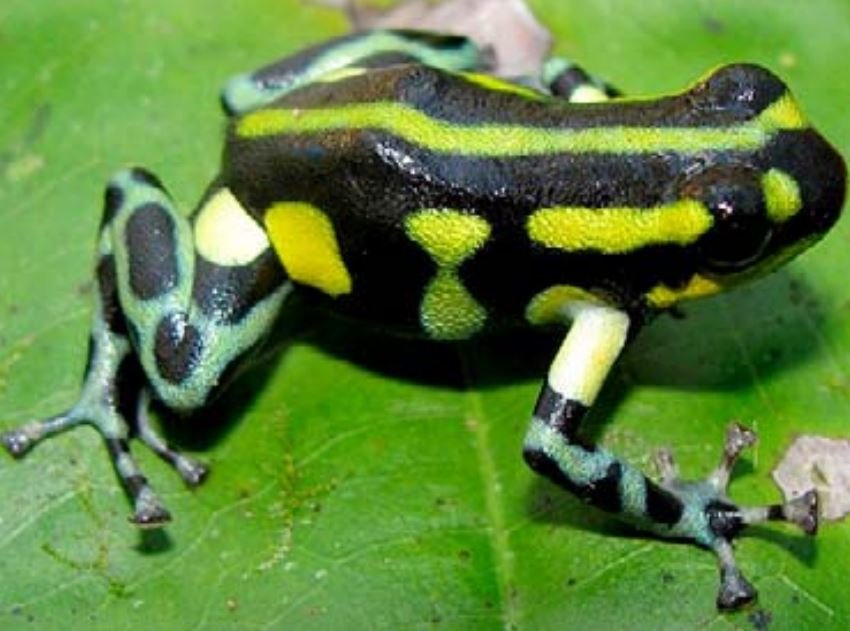Are you looking for a unique adventure in the Peruvian Amazon? Loreto, one of the most biodiverse regions in Peru, offers a unique experience for herpetology enthusiasts. In this article, we will explore everything you need to know about herpetofauna trips in Loreto, focusing on the amphibians and reptiles that inhabit this fascinating Amazon region.
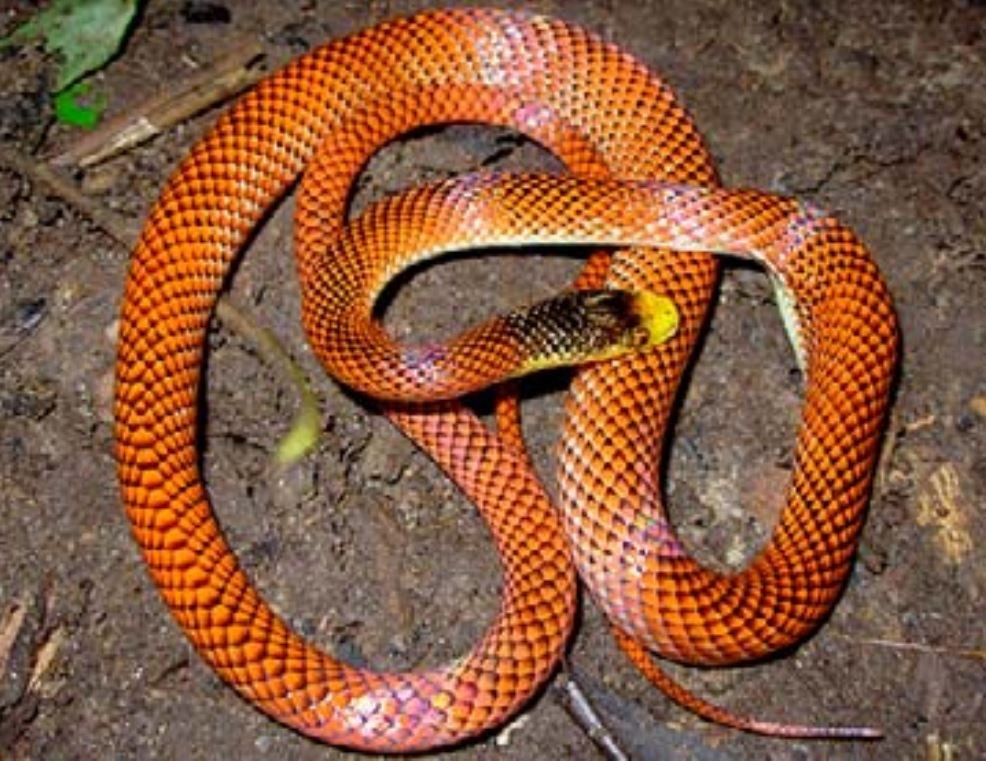
Loreto, in the Peruvian Amazon, is a paradise for nature and wildlife lovers. With an incredible diversity of amphibian and reptile species, this destination offers an unparalleled opportunity to observe and study these animals in their natural habitat.
What is herpetofauna?
Herpetofauna refers to the amphibians and reptiles of a specific region. These include frogs, toads, lizards, snakes and turtles, among others. Loreto, in the Peruvian Amazon, is home to one of the most diverse herpetofaunas on the planet.
What types of amphibians and reptiles can be found in Loreto?
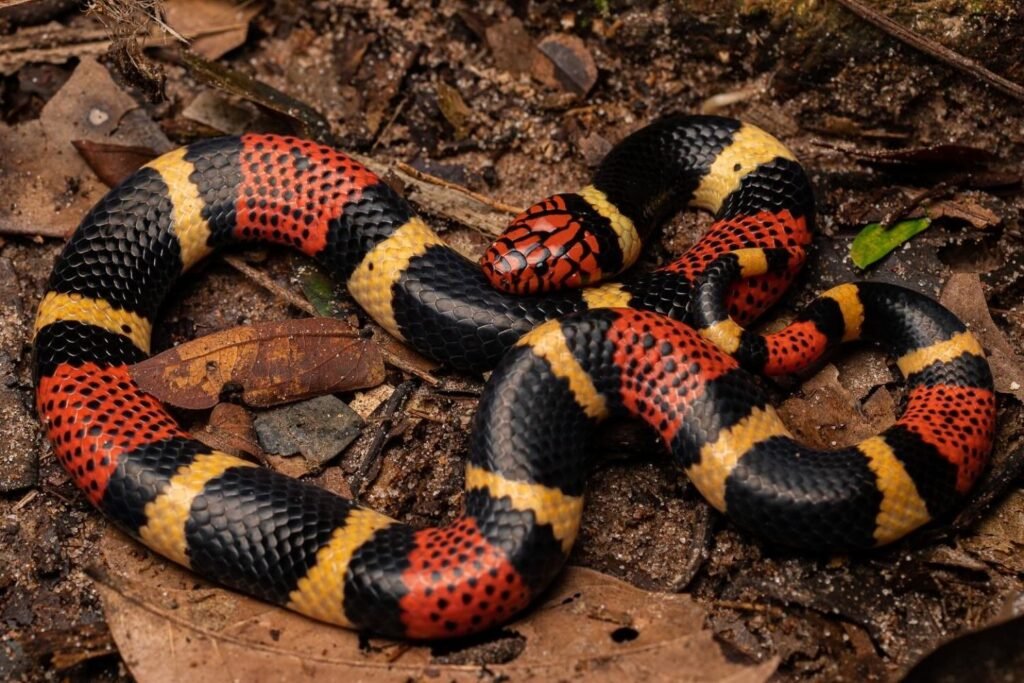
Loreto is home to an impressive variety of herpetofauna species, some of which include:
- Amphibians: Poison frogs such as those of the genus Ranitomeya, glass frogs (Centrolenidae), and toads of the genera Rhinella and Atelopus.
- Reptiles: Snakes such as Bothrops and Micrurus, lizards of the Teiidae family, and aquatic and terrestrial turtles.
The Best Places for Herpetofauna Observation in Loreto
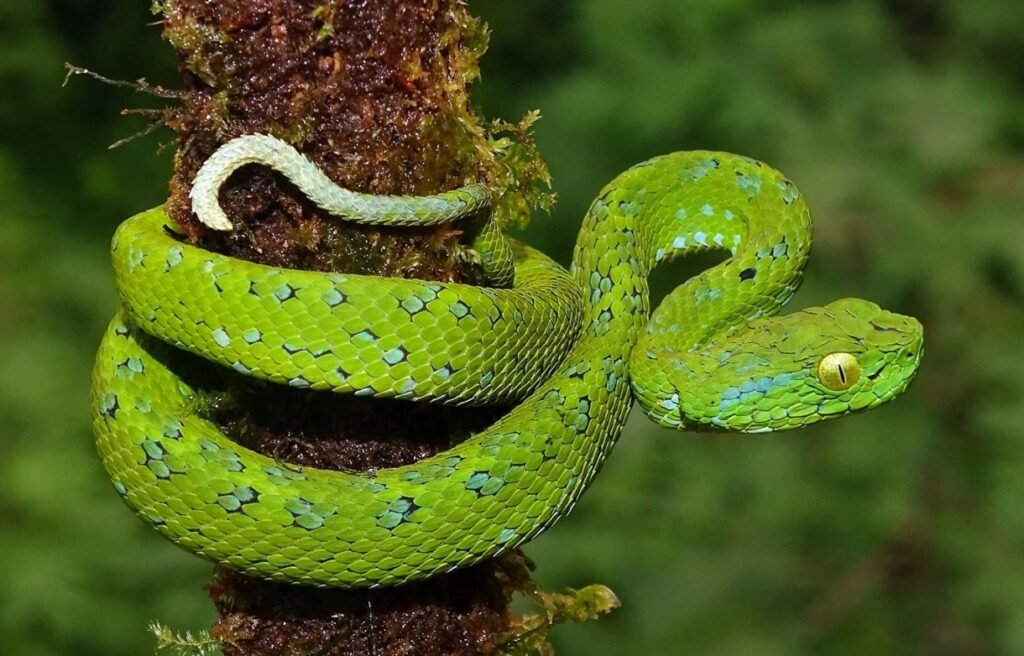
What are the best places to observe herpetofauna in Loreto?
Pacaya Samiria National Reserve
The Pacaya Samiria National Reserve is one of the best places for observing herpetofauna in Loreto. With more than 20,000 square kilometers of rainforest, this protected area is home to an astonishing diversity of wildlife.
Allpahuayo Mishana Biological Station
Another excellent location is the Allpahuayo Mishana Biological Station, known for its rich biodiversity and its efforts in conserving endemic species.
Nanay River and its surroundings
The Nanay River and its surroundings are also privileged areas to find a wide variety of amphibians and reptiles, offering easy access from the city of Iquitos.
Why is Loreto an ideal destination for herpetofauna?
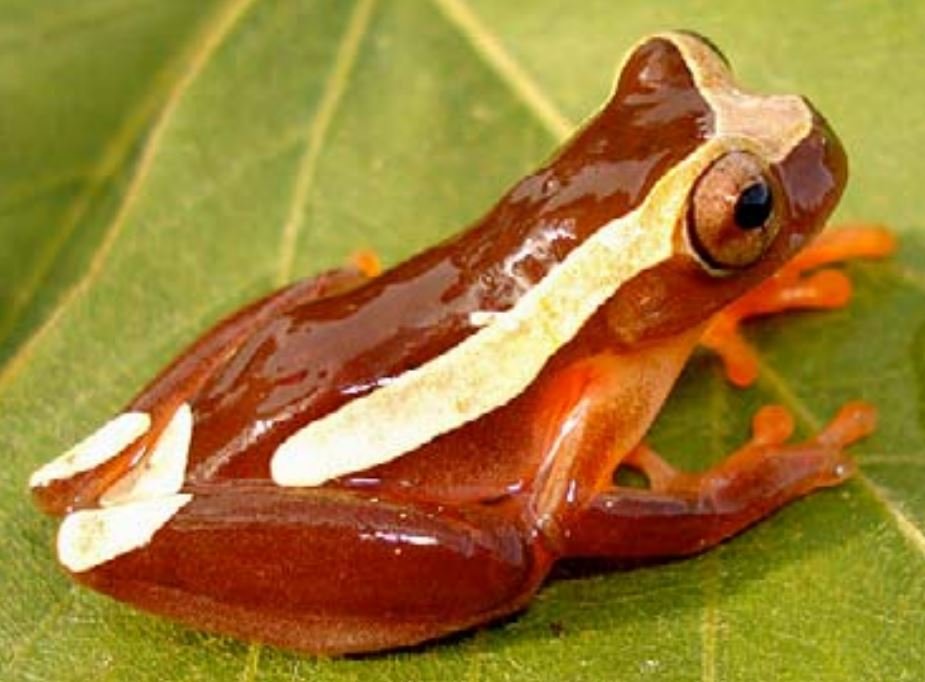
Exceptional biodiversity
Loreto is home to an incredible diversity of herpetofauna species. According to “Giuseppe Gagliardi-Urrutia” produced by the Peruvian Center for Biodiversity and Conservation, Loreto has multiple species of frogs, toads and reptiles that are unique to this region.
Unique ecosystems
The Loreto region features a variety of ecosystems, from floodplain forests to highland jungles, creating ideal habitats for different species of herpetofauna. These diverse environments allow visitors to observe a wide range of species in their natural habitat.
Tips for Conducting Herpetofauna Trips in Loreto
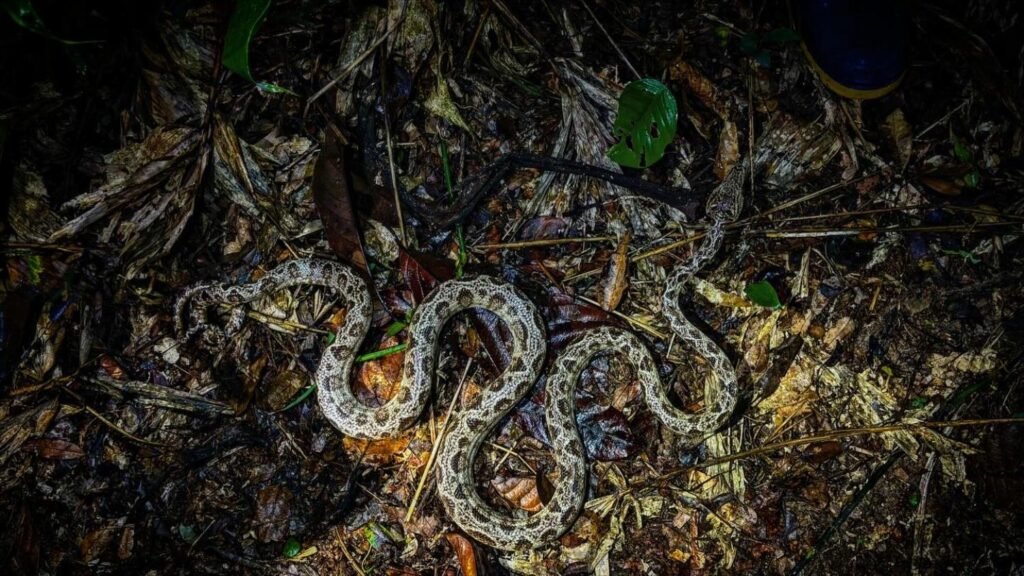
What should I bring on a herpetofauna trip?
Necessary equipment:
- Appropriate clothing: Long-sleeved shirts, light pants, and hiking boots.
- Tools: Flashlights, magnifying glasses, and cameras with good resolution to capture detailed images.
- Safety: Insect repellent, first aid kit, and experienced local guides.
What are the best times of year to take these trips?
The rainy season, from November to April, although challenging, is ideal for observing amphibians due to their high activity during this period. The dry season, from May to October, is best for reptile viewing.
Importance of Herpetofauna Conservation in Loreto
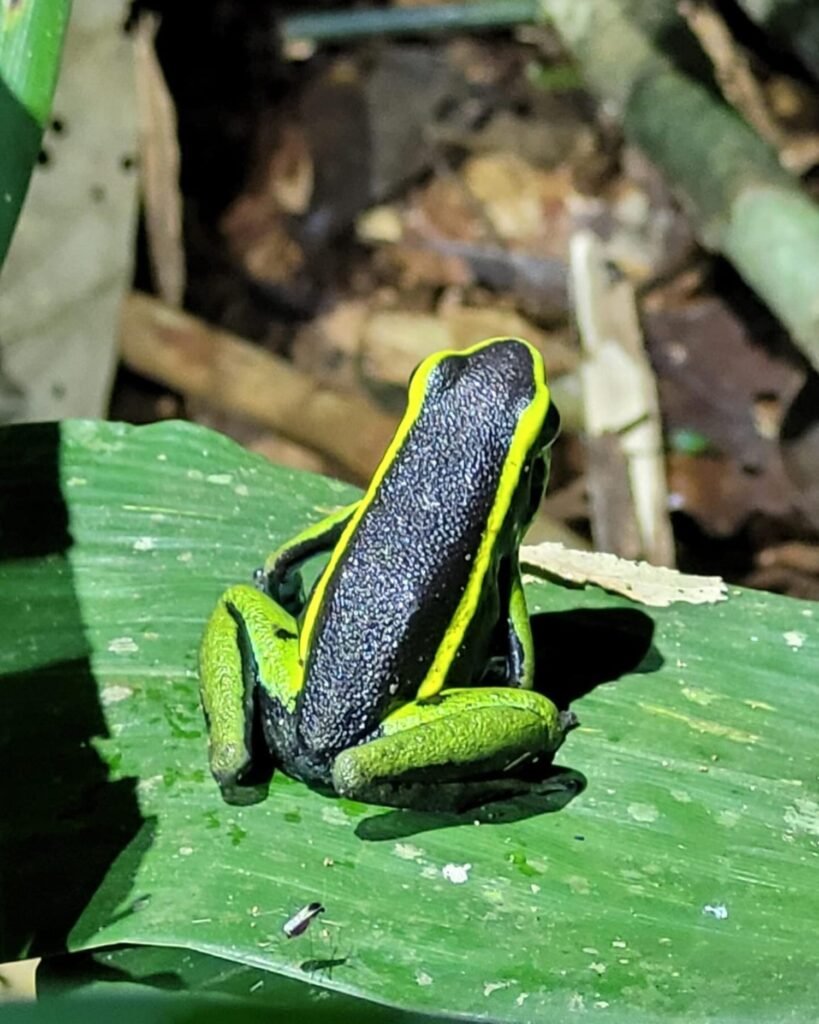
Why is the conservation of herpetofauna in Loreto crucial?
The conservation of these animals is vital not only because of their ecological value but also because many species are threatened by habitat destruction, climate change and illegal trafficking.
Conservation efforts
Local and international organizations are working to protect these species through the creation of reserves, captive breeding programs, and environmental education campaigns.
Frequently Asked Questions about Herpetofauna Trips in Loreto
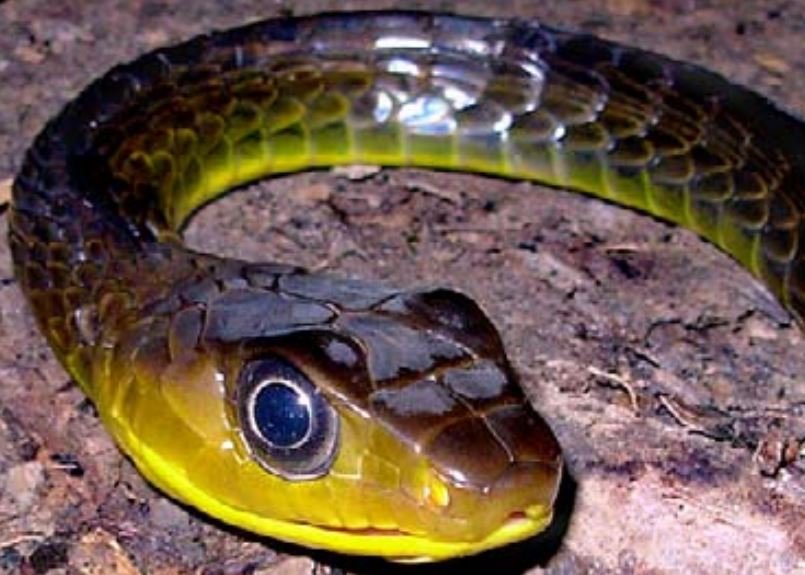
Do I need a guide to take a herpetofauna trip in Loreto?
Yes, it is highly recommended to have an experienced local guide. The guides not only know the best places to observe herpetofauna, but they also ensure your safety in the jungle.
Is it safe to watch snakes in Loreto?
Yes, it is safe as long as you follow the instructions of an expert guide and take the necessary precautions. It is essential not to attempt to handle reptiles, especially venomous snakes.
What is the approximate cost of a herpetofauna tour in Loreto?
The cost can vary depending on the tour operator and length of tour, but generally ranges between $700 and $800 USD per person for multi-day tours that include accommodation, meals, and guides.
What impact do tourists have on the local herpetofauna?
When conducted responsibly, herpetofauna trips can have a positive impact by encouraging conservation and providing income to local communities. It is important to follow sustainable tourism practices to minimize any negative impacts.
Explore Loreto through herpetofauna trips, an enriching experience that not only offers an immersion in the biodiversity of the Peruvian Amazon, but also promotes the conservation of these fascinating species. If you are a nature and wildlife lover, you can’t miss this unique adventure!
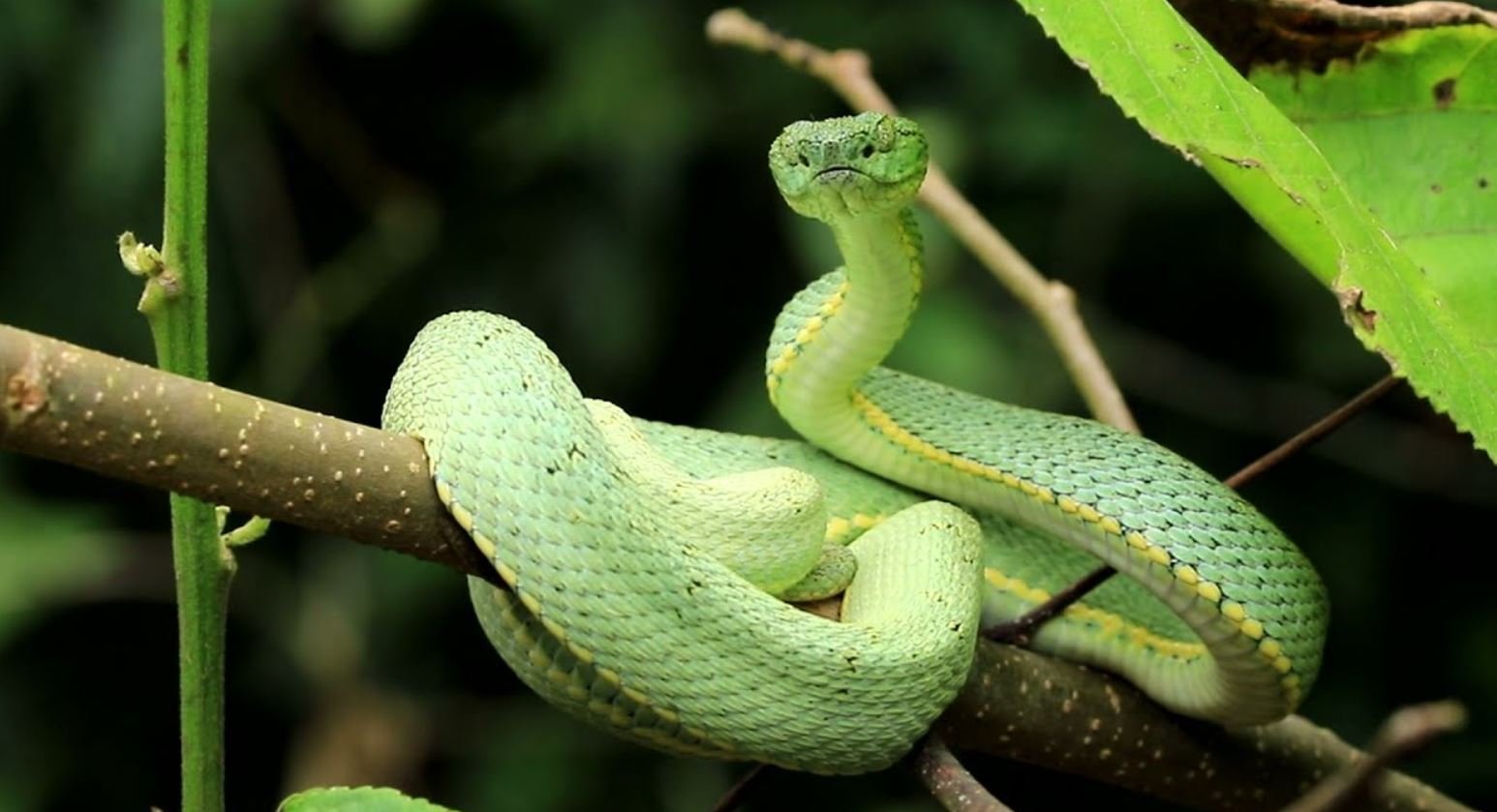
Loreto, in the Peruvian Amazon, is a fascinating destination for nature and adventure lovers. Herpetofauna trips in Loreto will allow you to discover unique species in one of the richest ecosystems in the world. Plan your trip today and prepare for an experience that will transform your view of biodiversity and conservation.

